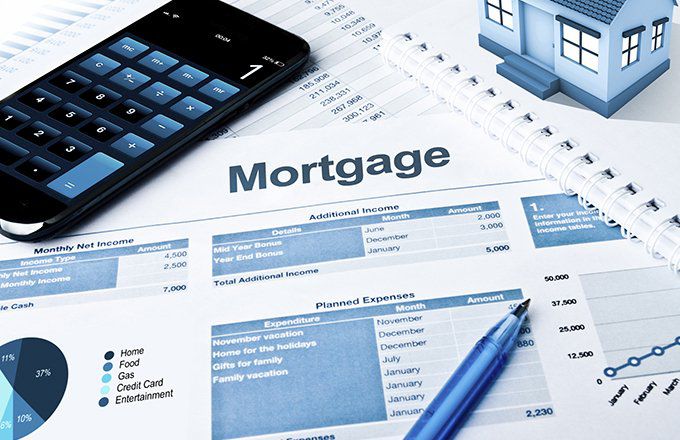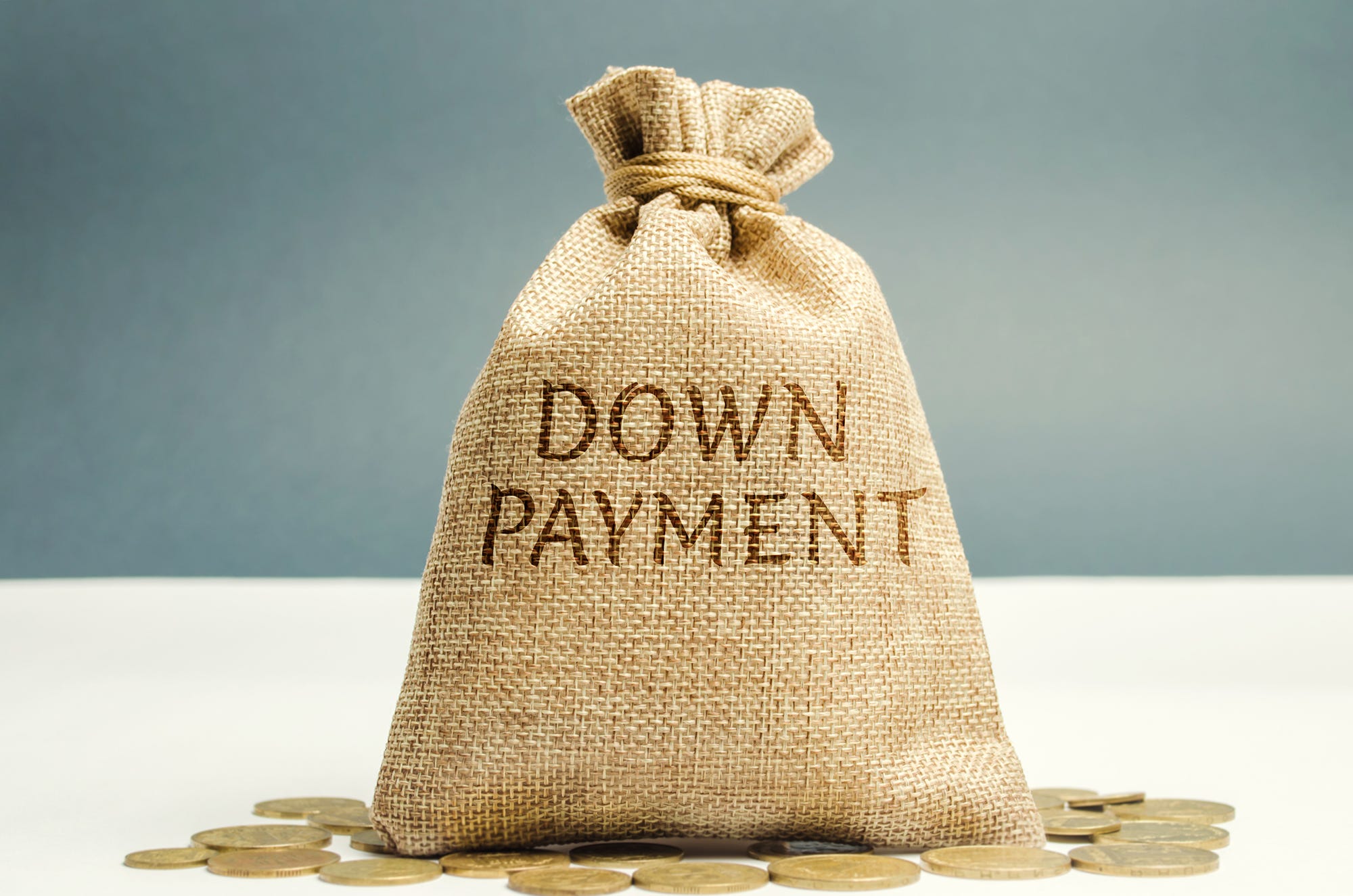
A Guide to Down Payment Assistance for Homebuyers
Owning a home is a gateway to long-term financial stability. Buying a house gives you and your family a place to live, but it is also an investment. Over time you gain financial equity in your property in two ways: first, by paying down your mortgage & subsequently gaining equity in your home and second, through appreciation as the value of your home rises (hopefully) with the real estate market. One of the biggest challenges to making a first home purchase is the down payment. In a survey by Z
Owning a home is a gateway to long-term financial stability. Buying a house gives you and your family a place to live, but it is also an investment. Over time you gain financial equity in your property in two ways: first, by paying down your mortgage & subsequently gaining equity in your home and second, through appreciation as the value of your home rises (hopefully) with the real estate market.
One of the biggest challenges to making a first home purchase is the down payment. In a survey by Zillow, two-thirds of respondents said saving a down payment was their most significant hurdle to buying a house.
Fortunately, with available low-down-payment loan programs and down payment assistance grants, you may not need as much money put aside as you think.
The Myth of 20% Down
Sixty-two percent of Americans think you need 20% down to buy a house. On a home valued at $500,000, that would equal a $100,000 down payment plus closing costs saved in advance.
In fact, the average first-time homebuyer puts 6% down, not 20%. On a $500,000 purchase, that equals $30,000 plus closing costs. On a $185,000 condo, a 6% down payment is $11,100. As you can see, a lower down payment puts homeownership more within reach for many people with solid incomes but not substantial savings.
Naturally, there is a cost associated with a lower down payment. Typically, the lender will require private mortgage insurance (PMI) for any property where the borrower is putting down less than 20% of the estimated home value. PMI provides lenders with added protection in case a borrower defaults. While many people frown on PMI, it can help first-time home buyers start their homeownership journey much sooner instead of several years down the road.
What Is Down Payment Assistance?
Down payment assistance (DPA) programs include grants or low-interest loans to assist homebuyers with their down payment.
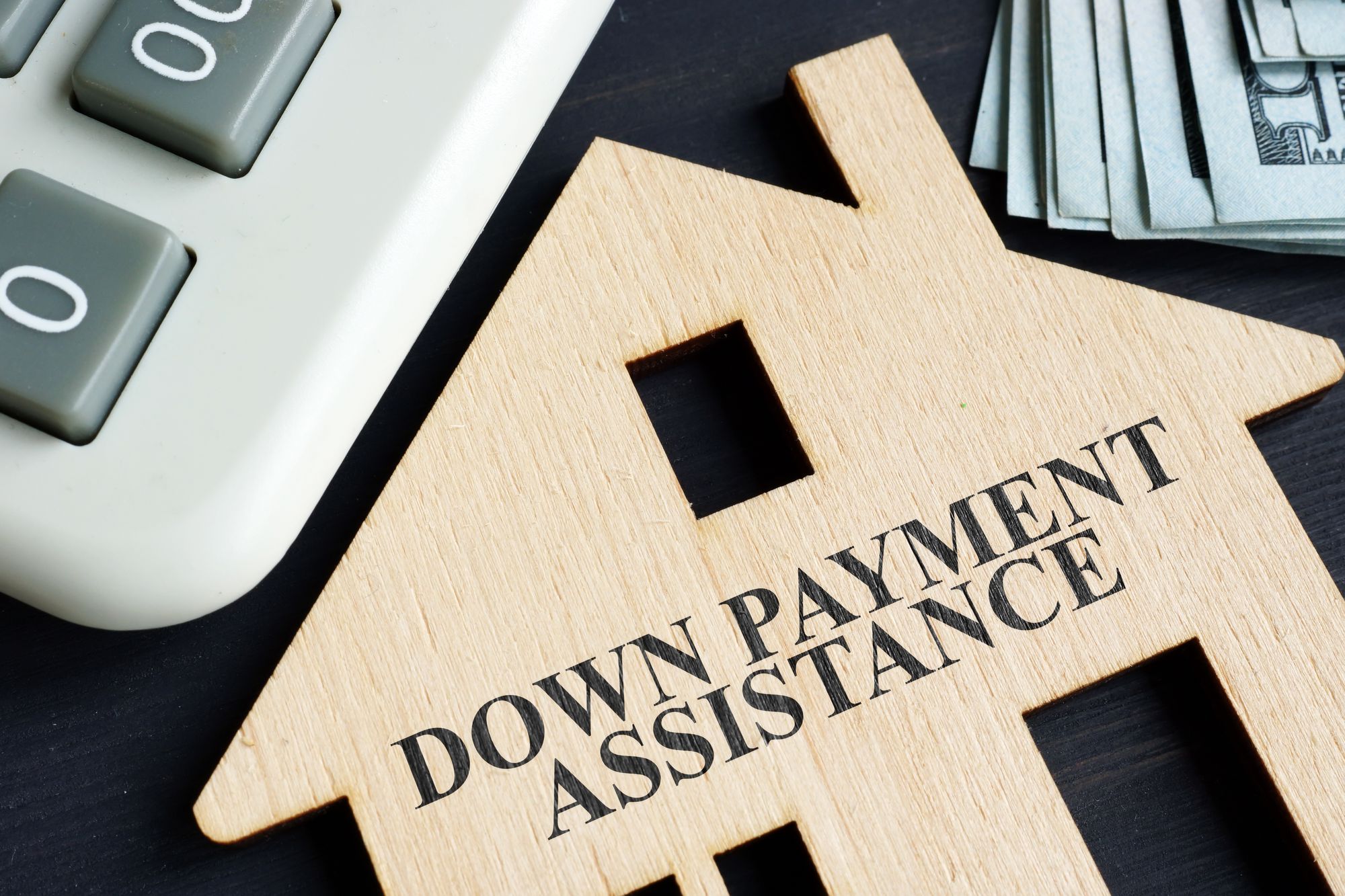
You may be surprised to discover there are a number of different grants available to help you buy a home. People and institutions value homeownership and will allocate funds to support it. In fact, there are thousands of these programs across the country. Many are run by the state, county, or city governments, so DPA programs are not uniform; they vary by location and sponsor.
Who Qualifies for DPA?
Down payment assistance programs are for people who qualify for a mortgage loan. Each plan outlines its specific requirements, which is usually limited to a first-time homebuyer and may include:
- A minimum credit score
- Low- to moderate-income requirements
- Using the home as a primary residence
- Purchasing in an approved location
- Using a lender and mortgage option approved by the DPA program
- Taking a homebuyer education course
- Contributing a minimum amount of your own money toward the purchase
Many DPA programs are for first-time homebuyers. However, you may qualify even if you owned property before. If you don’t own any property and have been renting for at least three years, you likely qualify as a first-time homebuyer again.
The Four Types of Down Payment Assistance Programs
There are four types of DPA programs to help home shoppers reduce the amount they need to save for a down payment when financing a home.
1. Grants
Grants do not need to be repaid. If you qualify, you receive the grant money as a gift (although you may owe taxes on it). Your realtor may be able to direct you to relevant and available grant opportunities in your area.
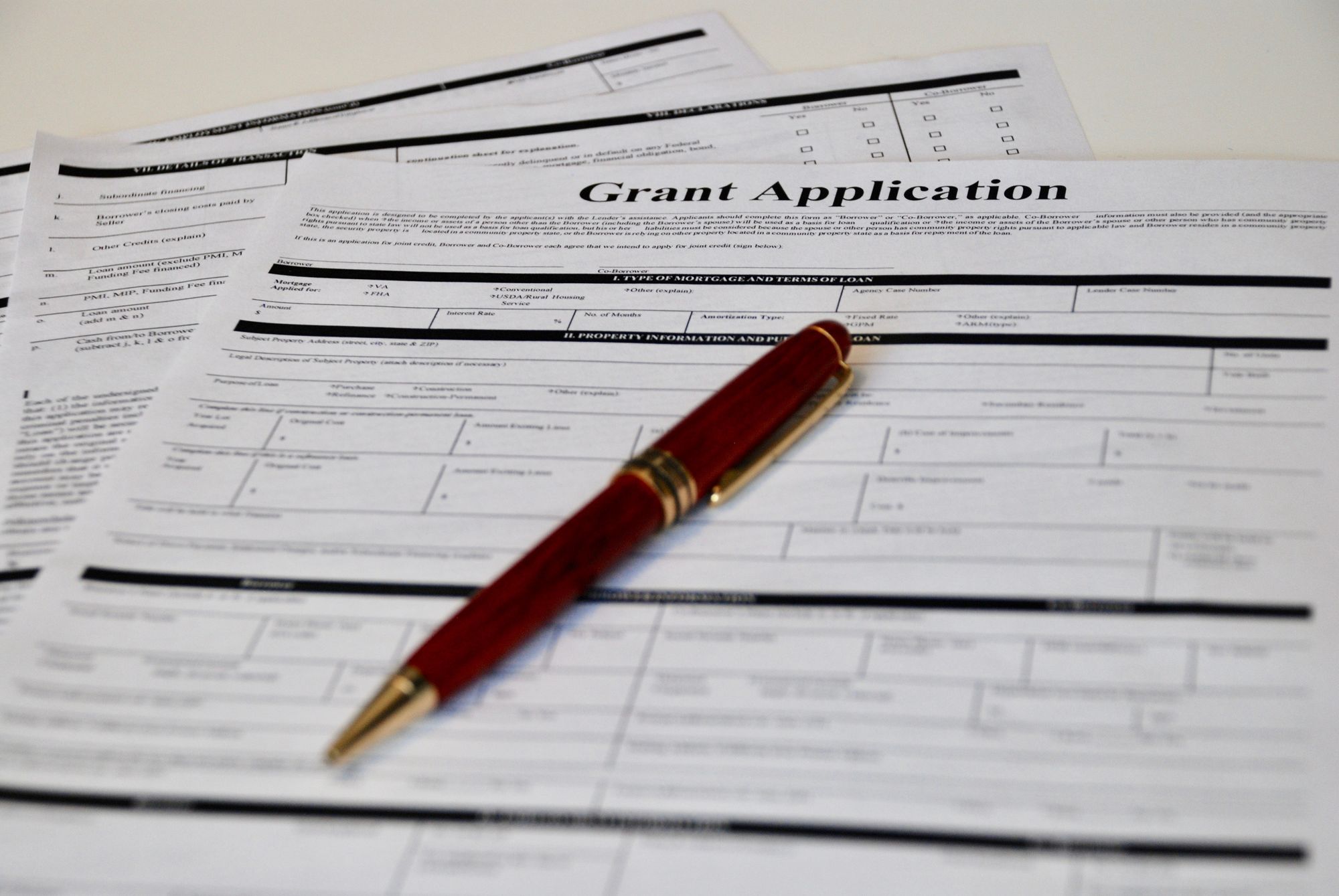
2. Second Mortgage Loans
There are several types of second mortgage loans. The first type will need to be paid each month along with your primary mortgage. Not paying either mortgage can result in losing the home to foreclosure. So before adding to your monthly obligation, make sure that your family’s budget can cover both payments, property insurance, property taxes, utilities, and incidental repairs before committing to this type of assistance.
3. Second Mortgage Loans with Deferred Payments
The second type of mortgage loan program defers any payments until you move, sell, or refinance. This means you can accept this loan without an impact on your monthly budget.
4. Second Mortgage Loans with Forgiveness
The third type of DPA mortgage loan stipulates that as long as you own the property for a fixed number of years (anywhere from 5 to 20), the loan will be forgiven, and you do not have to pay it back.
No payments are due on a DPA loan like this one. If you move, sell, or refinance before the specified number of years, you repay the loan at that time from the proceeds of the sale.
How Much Money Can I Get Through Down Payment Assistance?
Home prices vary by region, as do DPA programs. The assistance in your area could range from $2000 to $80,000 over the life of the loan. The amount you are granted or can borrow will also depend on your income, credit score, and other qualifying factors.
In addition to the loan or grant money you receive, as a DPA recipient, you save money by decreasing the repayment amount. A larger down payment reduces your mortgage obligation, so a deferred or forgiven DPA loan lowers your overall monthly payment.
A recent survey showed the average savings for a homebuyer using a DPA was $17,766 total over the life of the loan. That includes savings in closing costs and total loan payments.
How To Find Local DPA Resources
There isn’t a single centralized directory that lists all of the available DPA programs in every location around the country. Instead, to find the right match, you may have to do some research. Fortunately, there are several outstanding resources and directories available.
HUD
The U.S. Department of Housing and Urban Development (HUD) is an excellent place to start your search for a DPA program to help with home buying.
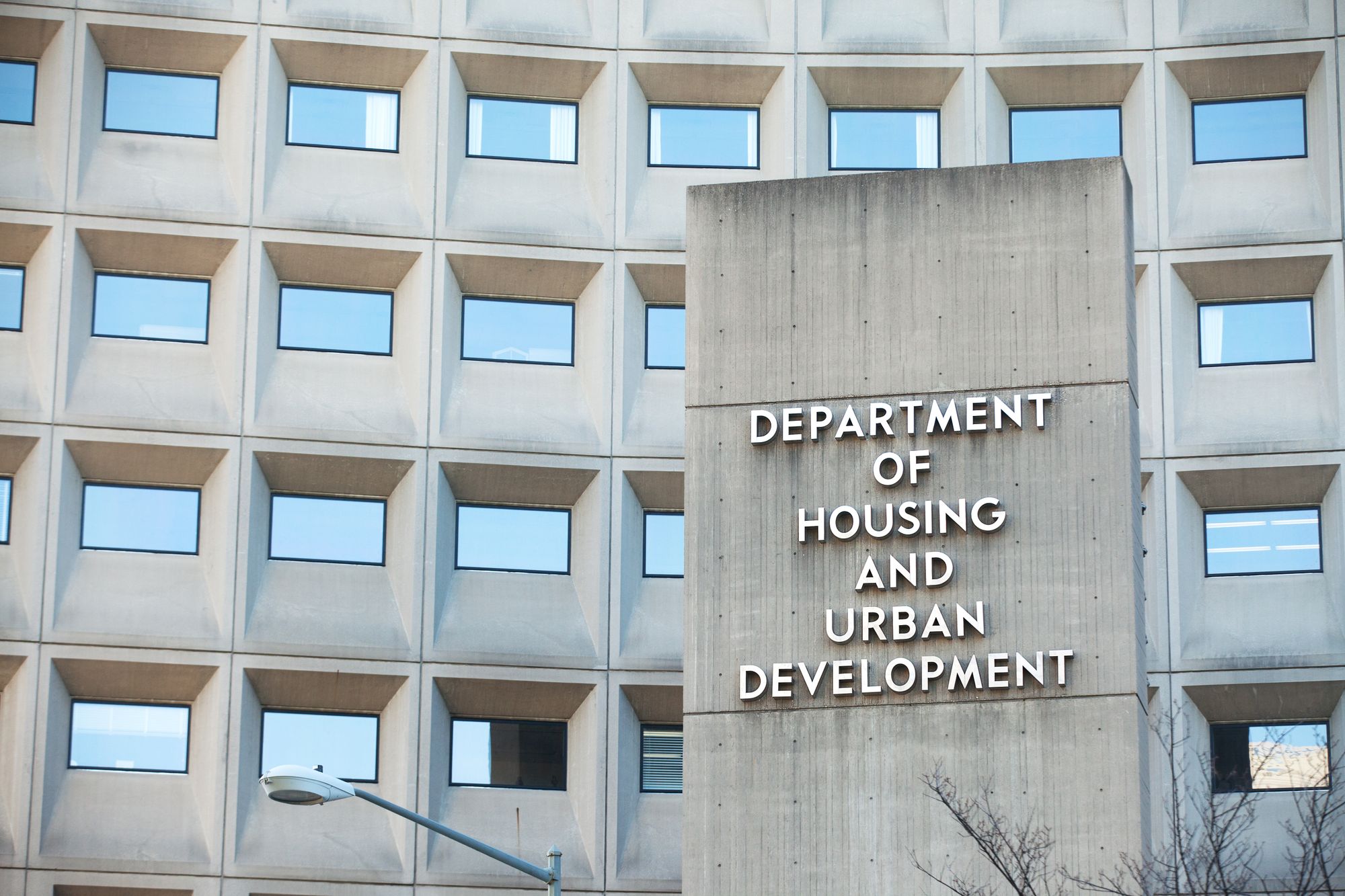
They have a directory of information by state. Click on your state. Then, scroll down to “Local Resources” and find “Homeownership Assistance.”
FHA
The U.S. Federal Housing Administration (FHA) provides insurance backing for several mortgage loans, especially those designed for lower-income homebuyers.
They also have a directory of down payment grants by state. Scroll down the page to find your state.
Down Payment Resource
Downpaymentresource.com is an online resource for first-time homebuyers. You can find out if you are eligible for DPA programs through their website.
They can also connect you with an agent and/or lender in your area if you don’t already have your team in place. Down Payment Resource educates agents on the programs, so they are better equipped to support you through the process of using a DPA loan or grant in the homebuying process.
Work With Approved Lenders
Mortgage lenders who are approved to work with the grant program will have experience with the process of using a DPA grant or loan to cover part of the down payment. Many programs require you to use a qualified lender, so it’s worth starting with a lender you can close the deal with as well.
To find approved lenders, contact local agencies that administer DPA grants. Your realtor may know approved lenders as well.
Google is a great way to find the specific state, county, and city DPA opportunities not listed on the HUD or FHA websites.
Simply type in, “down payment assistance grants [state, county, or city].” Available state agencies or local programs to help house buyers will show up in the results.
Will a Grant Cover My Closing Costs?
Closing costs include fees for escrow, your mortgage, transfer fees, and other expenses related to the transaction. They usually amount to around 1% of the purchase price but can be higher or lower. The closing costs are a separate fee on top of the down payment.

Each DPA program follows explicit guidelines. Some allow you to use their funds to cover closing costs as well as the down payment. Others may expressly prohibit it.
Sample DPA Programs in Major Cities
Don’t expect to find the perfect program with your first click. Many have specific requirements that may not match your goals. However, the right program will help you:
- Qualify to buy a home faster.
- Save on mortgage costs.
- Save on closing costs.
- Start building equity once you buy a house.
Here are a few examples of real programs in major U.S. cities.
Atlanta – ANDP-FHL Bank Atlanta DPA Program provides between $7,500-$10,000 in down payment assistance to qualifying buyers with a household income of less than 80% of area median income.
Austin – The Texas State Affordable Housing Corporation offers down payment assistance for first-time homebuyers and existing homeowners. They also have mortgage credit certificates for teachers, police officers, corrections officers, firefighters, EMS personnel, veterans, and low- and moderate-income households programs.
Boston – Mass Housing offers up to $25,000 in down payment assistance for first-time homebuyers.
Chicago – The Illinois Housing Development Authority has a loan for first-time homebuyers with a 0% second mortgage for up to $6000 for a down payment, forgiven after five years of ownership.
Denver – The city of Denver offers two homeowner assistance programs.
Houston – The Housing and Community Development Department in the city of Houston offers up to $30,000 in assistance for qualified home buyers.
Las Vegas – The Nevada Housing Division has a Home is Possible program to help homebuyers.
Los Angeles – Los Angeles County has an affordable homeownership program.
Miami – To promote more low- to moderate-income homeowners in the Miami-Dade County area, the county offers a zero-interest deferred loan for first-time homebuyers to use toward a down payment and closing costs.
New York – SONYMA offers homebuyers down payment assistance in conjunction with SONYMA financing. They offer a second mortgage that has no interest rate, no monthly payments, and can be forgiven after ten years.
San Francisco – Through the city’s down payment assistance program, you can get a down payment loan of up to $375,000.
Seattle – Within the city limits of Seattle, first-time homebuyers can qualify for up to $55,000 in down payment assistance. The loan is deferred for 30 years at 3% simple interest.
Mortgage Programs You Can Use With DPA
DPA programs are specific about which loans and lenders you use to finance the primary loan on your property, but many of the most popular loan programs are included.
DPA-approved mortgages often include FHA loans, Veterans Affairs (VA) loans, U.S. Department of Agriculture (USDA) loans, and some allow you to use conventional loan programs, including those backed by Freddie Mac and Fannie Mae.
You will have to work with an approved lender, but the mortgage products available with your DPA program may be very flexible.
Zero-Down-Payment Loans
One way to buy without a down payment is a 100% loan. Most programs require at least 3.5% in down payment funds, but two notable exceptions can get you into a property with no money down.
VA and USDA loans both offer favorable mortgage loans with zero money down. However, each has very specific requirements to qualify.
USDA Loans
USDA loans fund homes in rural or suburban areas. To qualify, your house must be in a zone that the USDA considers “adequately rural.” Your income needs to be within 115% of your county’s median, and the property cannot be a working farm.
Using a USDA mortgage loan, you can buy a home with no money down.
VA Loans
VA loans are mortgage loans for qualified members of the Armed Forces, including veterans and spouses of deceased service members. You will want to qualify before shopping so you know how much property you can afford to purchase.

Like a USDA loan, a VA loan lets you buy a house with no down payment.
Different Sources, Different Rules
DPA funds do not come from a single source. Your down payment money might come from federal, state, city, county, or charitable funds. Therefore, the requirements and rules associated with the money will depend on its sources.
You can improve your chances of qualifying for DPA funds by purchasing in a neighborhood targeted by the funds. Federal, state, or local authorities may designate target areas.
Often, they are locations in need of regeneration. It may be an abandoned area of the county that is being rebuilt or an area of the city recovering from economic challenges.
How Long for Down Payment Assistance?
Some programs will process your paperwork and respond more quickly than others. The time it takes depends on the program and the case.
It’s important to know that it may take longer to close on a property using down payment assistance. The process adds extra steps and additional parties to the transaction. They may have approval processes that take time, adding to the number of days it takes to close escrow.
However, your patience will pay off in the purchase of your new home.
If You Want To Buy a Home, Down Payment Help Is Available
Investing in a home can provide your family with financial stability and a legacy for you to leave behind. You can decorate and improve it according to your taste without worrying about what a landlord will say when you move.
Don’t let the idea of needing a significant down payment scare you away from pursuing your dream of homeownership. There are funds available to help.
If you are purchasing in a rising market or need to move because of a growing family, the time these DPA funds can save you is remarkable.
For example, a buyer needs $6000 more in down payment funds to qualify for a home purchase. Saving $200 a month, it would take 30 months to reach the goal.
With a DPA grant or deferred loan, this buyer can move forward with their home purchase now. Don’t let homeownership remain an idea. Find a DPA program in your area and let it help launch you into homeownership.
When you get started on your homeownership journey, make sure that you work with a skilled local real estate agent. The right real estate agent can make the difference between actually buying a home vs. dreaming of buying one day. Learn about how to find the right real estate agent.




